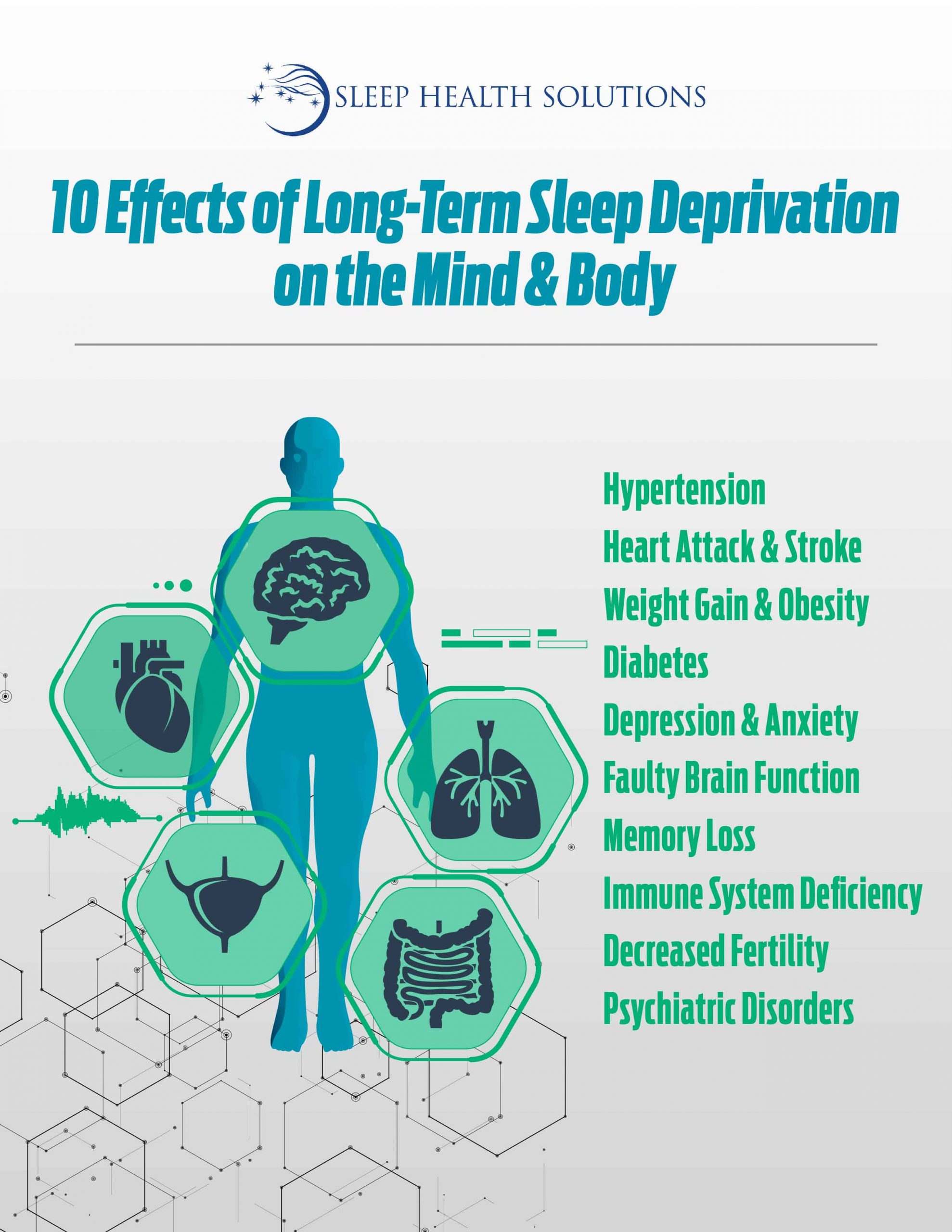
Sleep is a vital, yet greatly overlooked, component to health. In many industrialized societies, there is a trend towards less hours of sleep per night (Gallicchio & Kalesan, 2009). Losses in sleep of seven hours or less are attributed to factors such as longer work schedules, and greater time associated with leisure activities (Gallicchio & Kalesan, 2009). More importantly, sub-optimal sleep patterns are associated with coronary heart disease, cancer, diabetes, and hypertension (Gallicchio & Kalesan, 2009). Interestingly, sleeping for periods exceeding nine hours per night share similar medical conditions to those who sleep less than seven hours per night. The following will provide a breakdown of a meta-analysis by Gallicchio and Kalesan (2009) to provide deeper insight on the relationships between sleep duration, health and mortality.

Gallicchio and Kalesan (2009) wanted to determine the association between sleep duration and the risk of mortality. The authors began the analysis by a thorough review of the existing literature. Gallicchio and Kalesan (2009) used PubMed as a platform to search for cohort studies. The authors included key words such as ((‘sleep’[MeSH Terms] OR Sleep[Text Word])) OR ((‘sleep initiation and maintenance disorders’[TIAB] NOT Medline[SB]) OR ‘sleep initiation and maintenance disorders’[MeSH Terms] OR Insomnia[Text Word])) AND ((‘mortality’[Subheading] OR ‘mortality’[MeSH Terms] OR Mortality[Text Word]) OR (‘death’[MeSH Terms] OR death [-Text Word]) OR death [Text Word]) OR fatal[All Fields])) NOT ((‘sudden infant death’[TIAB] NOT Medline[SB]) OR ‘sudden infant death syndrome’[MeSH Terms]) OR sudden infant death syndrome [Text Word] AND (‘humans’[MeSH Terms] AND English[lang] AND ‘adult’[MeSh Terms])) (Gallicchio & Kalesan, 2009).
Exclusion criteria was the second step Gallicchio and Kalesan (2009) implemented after refining the aforementioned keyword searches. The authors searched all studies up to January 2008 that were limited to humans, adults, and articles written in the English language (Gallicchio & Kalesan, 2009). Exclusion criteria were equally applied to the full articles and abstracts: no original data, studies not addressing the association between sleep duration and mortality, and studies not in human adults (Gallicchio & Kalesan, 2009). Of 1370 articles yielded by the authors’ search, 23 prospective cohort studies were used in the meta-analysis after implementing the exclusion criteria (Gallicchio & Kalesan, 2009).

The statistical analysis included implementing relative risk (RR) and 95% confidence intervals for all cause, cardiovascular and cancer related mortality outcomes from each study (Gallicchio & Kalesan, 2009). Additionally, if multiple sleep categories were provided in each study (i.e., < 3, 3 to 5.9, and 6 to 6.9, etc.) the authors pooled the categories so that multiple studies could be compared to each other. Thus, Gallicchio and Kalesan (2009) created two categories: < 7 hours sleep, and > 9 hours of sleep to compare all 23 studies to each other.
Of the 23 studies analyzed, eight were conducted in the United States, five in Japan, five in great Britain, and one in Taiwan, Israel, Spain, Finland, and Sweden (Gallicchio & Kalesan, 2009). 22 studies included both men and women, and the remaining study included only women. All studies included members of the general population, with only seven studies including participants above the age of sixty years (Gallicchio & Kalesan, 2009). Sleep durations by all subjects were assessed by self-reports in all 23 studies (Gallicchio & Kalesan, 2009).
Results indicated that both long (> 9 hours) and short sleepers (< 7 hours) are at an increased risk of mortality (Gallicchio & Kalesan, 2009). However, the authors were unable to make specific insights into the relationship of sleep duration and specific medical conditions (Gallicchio & Kalesan, 2009). Additionally, the results of actual sleep reported by each participant in each study could have been skewed because of the limitation of self-reports; the participants were approximating sleeping duration (Gallicchio & Kalesan, 2009). Finally, associations between sleep duration and mortality could have been confounded by pre-existing medical conditions in subjects (Gallicchio & Kalesan, 2009).

The authors speculated that less than optimal sleep might cause adverse endocrinologic, immunologic, and metabolic effects. Gallicchio and Kalesan (2009) cited other studies that indicated impaired glucose tolerance, higher cortisol levels, increased sympathetic nervous system activity and chronic inflammation as factors associated with sleep deprivation. Although the studies were based on the acute effects of sleep deprivation, all of the aforementioned mechanisms are associated with diabetes, high blood pressure and obesity (Gallicchio & Kalesan, 2009). Ultimately, these conditions are associated with mortality, making them relevant to, and substantiating the purpose of, the authors’ study.
In conjunction to suitable exercise and nutritional practices, adequate and consistent sleeping patterns are also important constituents of a healthy lifestyle. Understanding the epidemiological relationships between longevity and sleep duration is vital; not only does it create a need to pursue mechanisms behind sleep quality and mortality, it also creates awareness and appreciation of an often-neglected and overlooked component of health.
References
Gallicchio, L., & Kalesan, B. (2009). Sleep duration and mortality: A systematic review and meta-analysis. Journal of Sleep Research, 18, 148-158.
-Michael McIsaac
